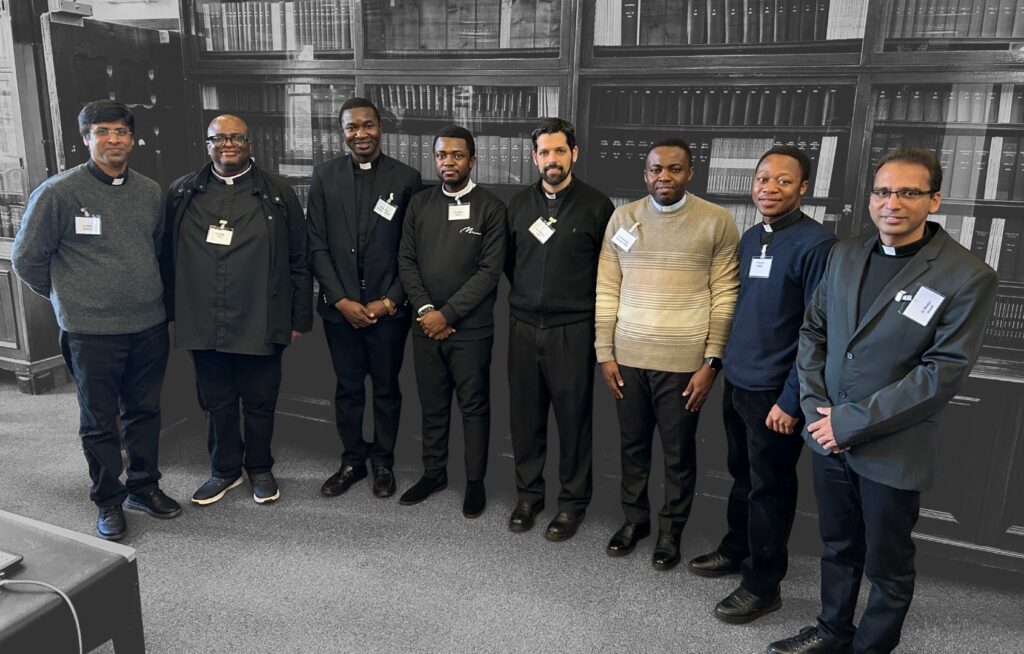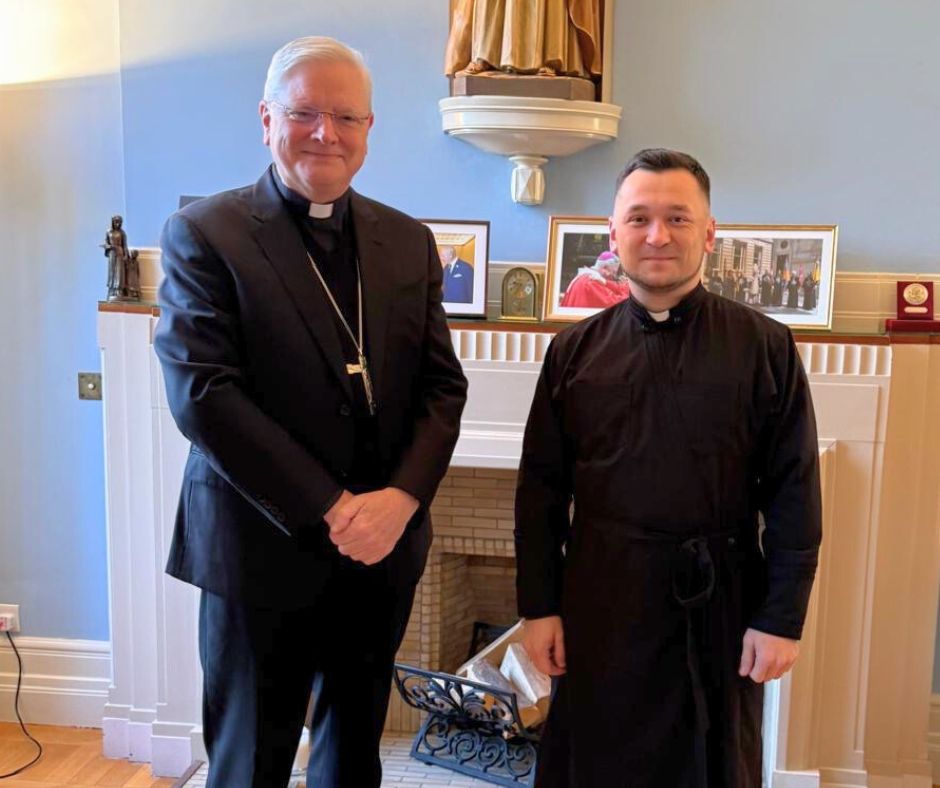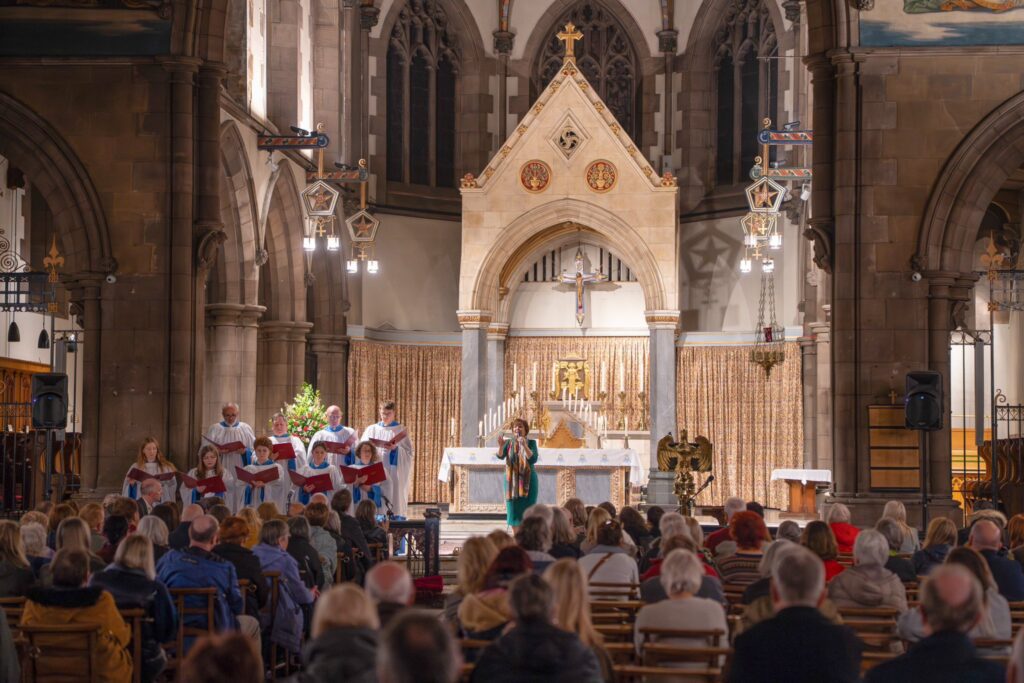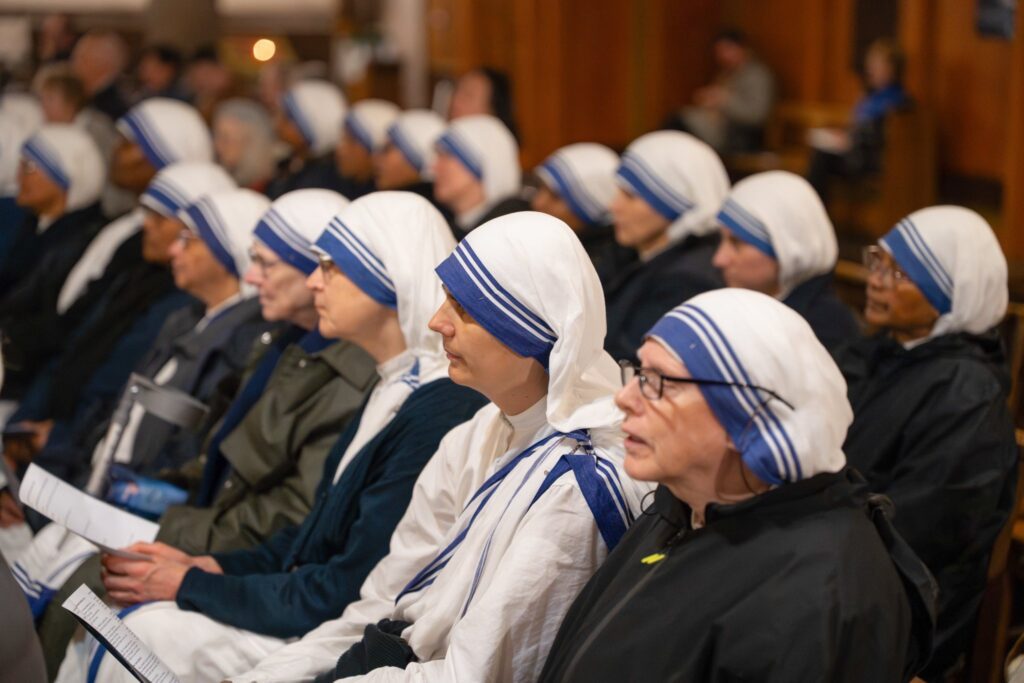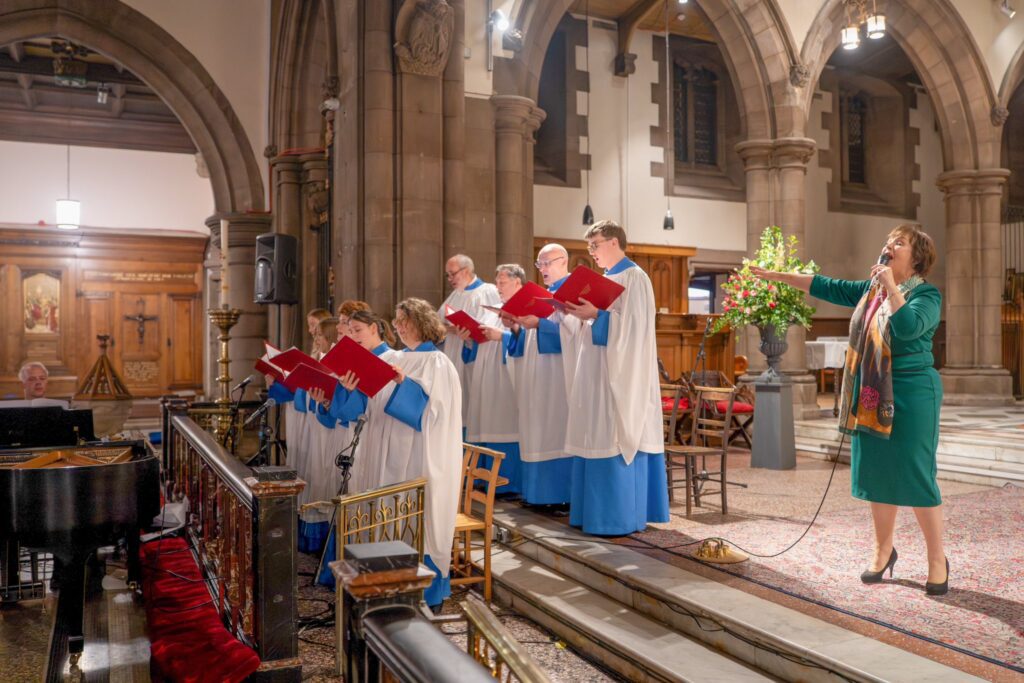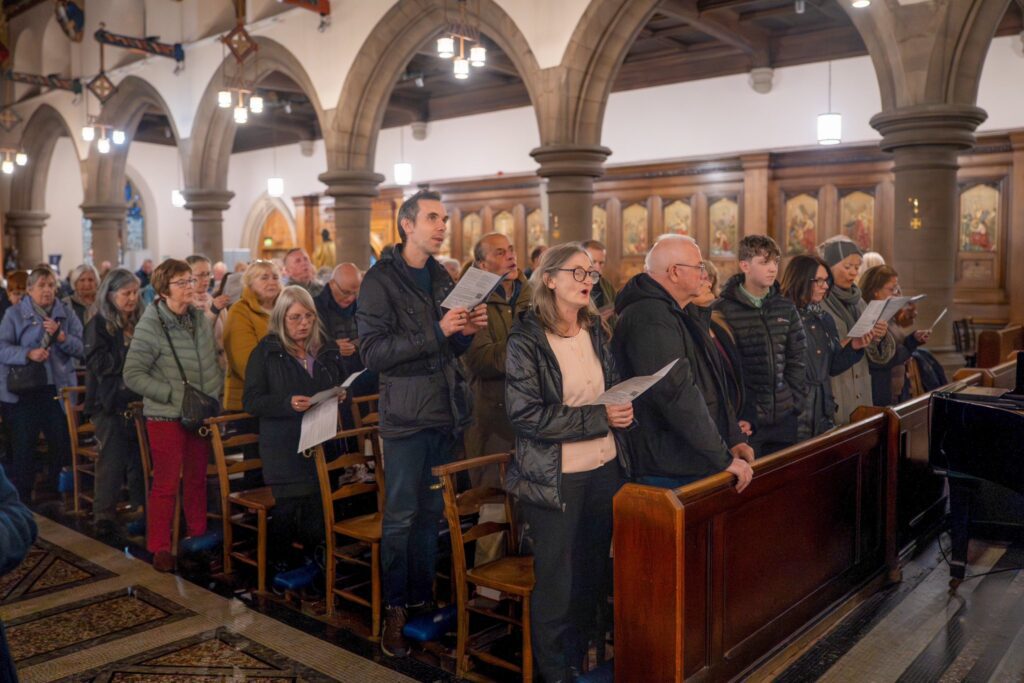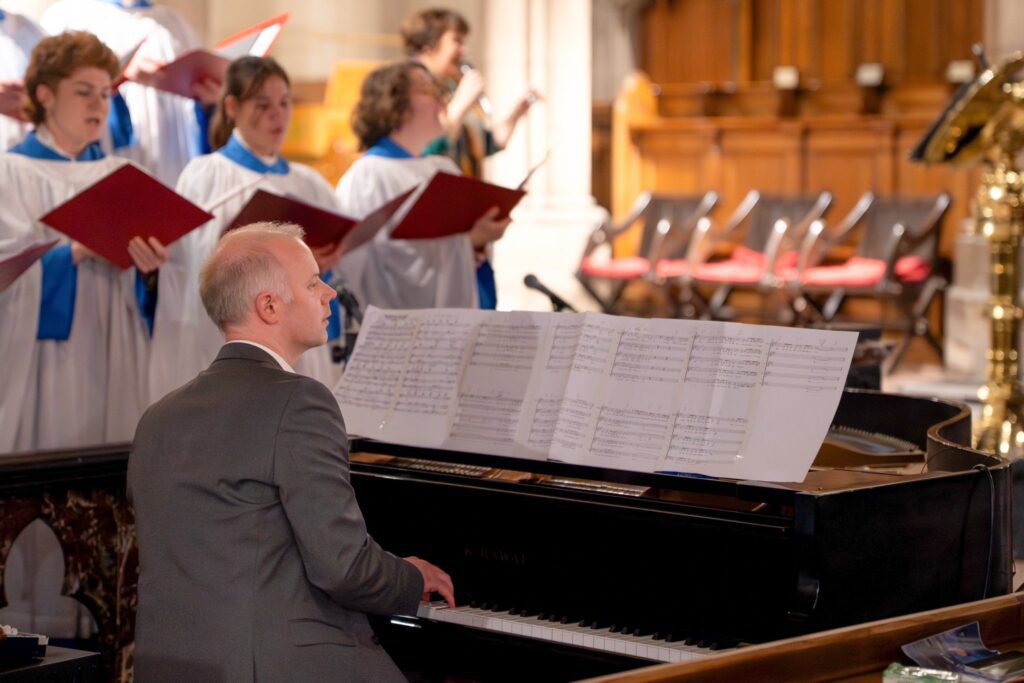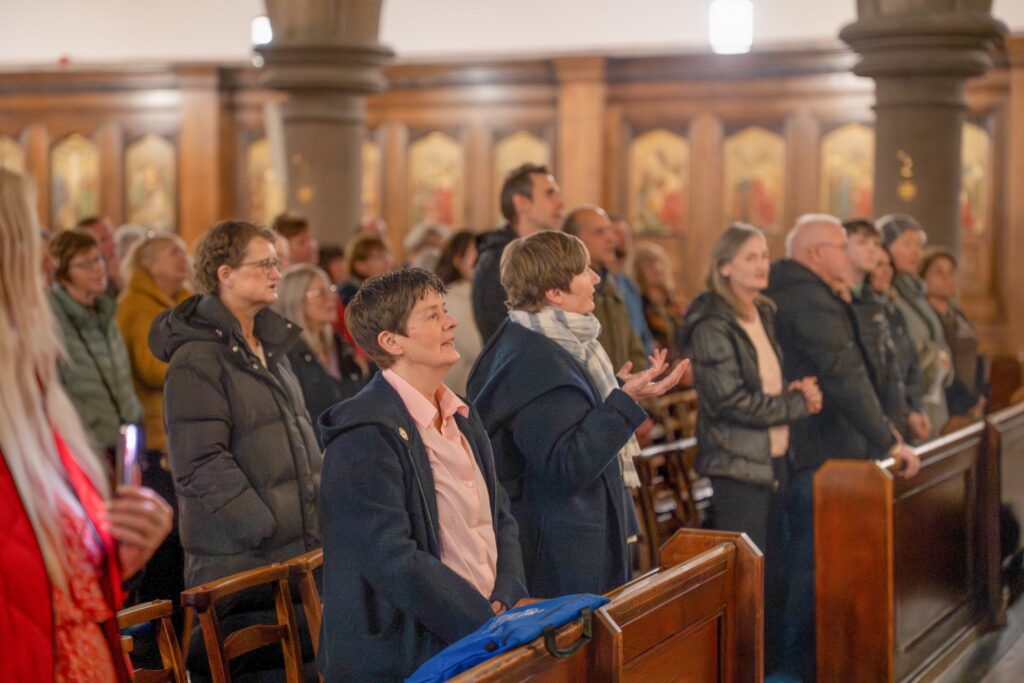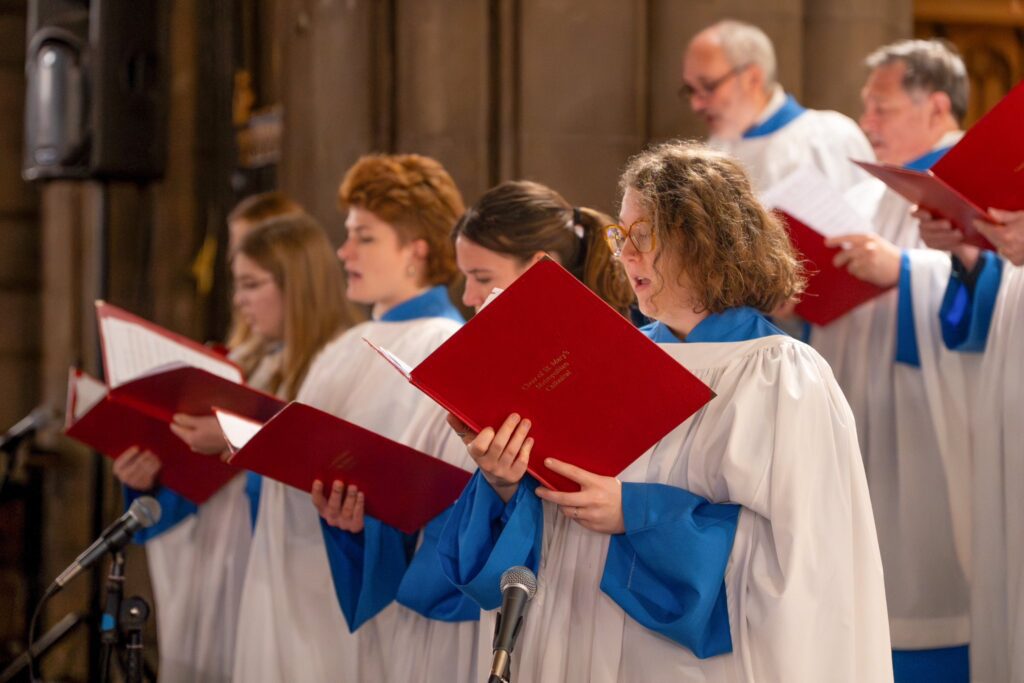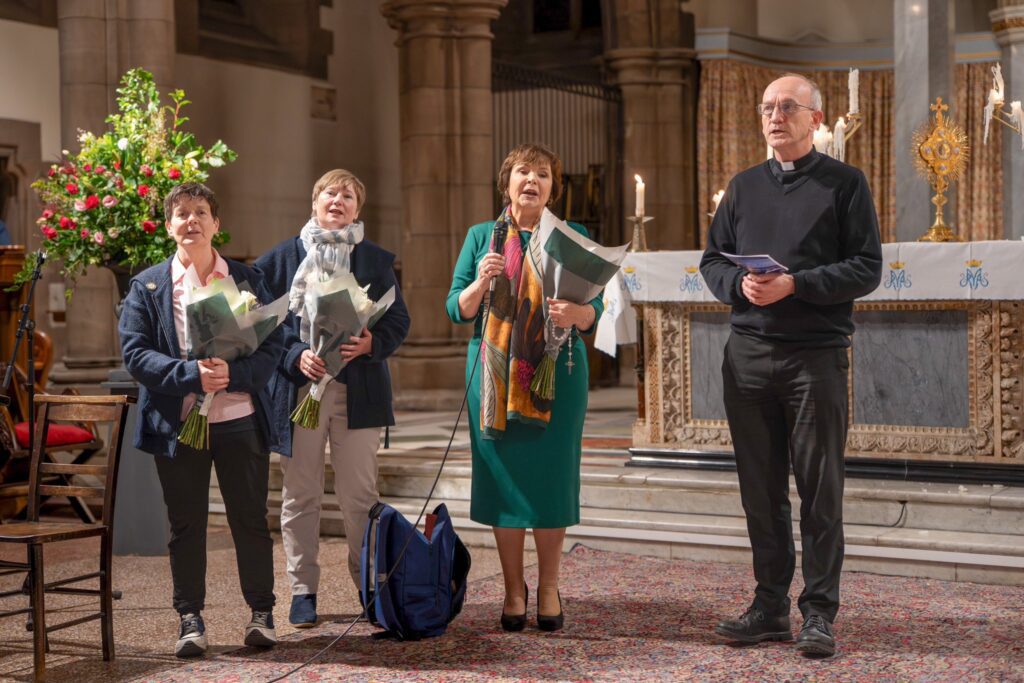Celebrating Christ the King with young adults
The Jesuit young adult group in Edinburgh welcomed Archbishop Leo Cushley on the Feast of Christ the King for a special celebration of Holy Mass.
Now in its fourth year, the city’s young adult community has grown into vibrant hub for young adults in their 20s and 30s, offering worship, retreats, and outreach initiatives.
Following Mass, Archbishop Cushley, spent time with the young adults, encouraging them to take an active role in the life of the Church.

Fr David Stewart SJ, who leads the ministry in Edinburgh, said: "Archbishop Cushley spoke of his joy at seeing this Young Adult Ministry flourish and encouraged those present to involve themselves at every opportunity.
"He spent a long time after Mass enjoying their company at the social that always follows The Seven (the weekly Mass for young adults at 7:00pm).
"They, in turn, were delighted that he took time to speak to so many. The celebration and gathering afterwards echoed Pope Leo’s words to young people earlier in the week that they are “not only the church of the future but the church of now”.
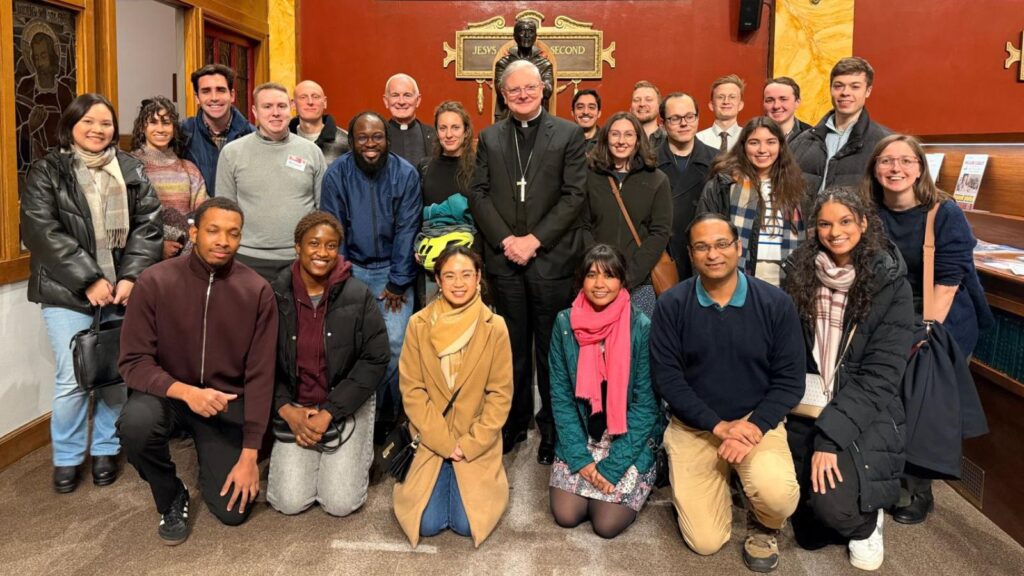
The late Pope Francis asked that the Solemnity of Our Lord Jesus Christ, King of the Universe, be a Global Celebration of Young People for Catholic Christians:
Fr David added: "It was Easter Sunday 2022 when we first launched an invitation to young adults to gather at our evening Mass in Edinburgh.
We had been welcoming a small but growing number of young adults or several months and had introduced a low-key social gathering afterwards; this is when this new ministry was fully underway."
By September 2022, a new music ministry had been formed, and outreach opportunities expanded, including service with the city’s street homeless and a core group of young adults to advise the church’s pastoral team on matters relevant to young adults:
"Now, we are linking more closely with the Jesuit Young Adult Ministries in London and Glasgow, as well as the growing global “Mag+s” network of Ignatian Young Adult Ministries. Together, we want to build a hope-filled future.”
All of the Edinburgh Young Adult Ministry’s online platforms can be accessed through LinkTree. This article abridged from jesuit.org.uk. Find out more about young adult events at Sacred Heart Church here.
